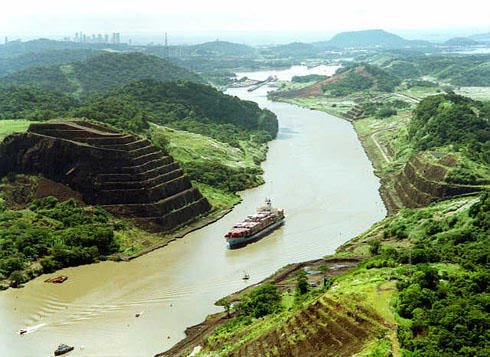Panama Canal

Tuesday, May 22, 2012
PP Notes China
Ming and Qing Dynasties
Last 3 Dynasties (Beijing)
Yuan Dynasty (1271-1368)
Mongolian
north of China proper
Ming Dynasty (1368-1644)
Han Chinese
Qing Dynasty (1644-1911)
Manchu
northeast of China proper
Confucian culture
modern concept of political nation state
Chinese defined by Confucian culture
civil service exam (605-1905)
social mobility
reward diligence, discipline, and willpower, but not talent or innovation
law of avoidance
“sum of social relationships”
Social hierarchy and mobility
scholar-officials, farmers, artisans, and merchants
scholar-official-landlord
learning, political power, and economic wealth
local elite (gentry) and lineage
lack of work ethic
literati’s long gown
foot-binding for women
Ming Dynasty (1368 - 1644)
China’s Tributary System
Traditional system for managing foreign relations
The ``Central Kingdom” worldview
Ming dynasty had the most extensive tributary system
tributes from East Asia, South Asia, Southeast Asia, and even West Asia and Africa
Zheng He’s fleet (1405 - 1433)
Over 300 ships & 20,000 men
trade and commerce
Southeast Asia, South Asia, West Asia, and East Africa
Zheng He’s expeditions
Qing Dynasty (1644 - 1912)
Ming dynasty fell in 1644 amid peasant uprisings and Manchu invasion
Manchu and Han Chinese
Ming and Qing Emperors
Mandate of Heaven
The 6 Bu
Ministries
6-Bu system started in early Tang Dynasty (618 - 907)
The 6 Bu (ministries)
Ministry of Personnel
Ministry of Revenue
Ministry of Rites
Ministry of Military
Ministry of Criminal Justice
Ministry of Public Works
Emperor & Macartney (1793)
Subscribe to:
Post Comments (Atom)
No comments:
Post a Comment